


Comments

It is greatly to the honor of Pittsburgh as a cultural center that two of our most prominent bridges are named for famous writers. The Sixteenth Street Bridge, built in 1923, was named in 2013 for David McCullough, a writer who made history interesting to thousands who thought they weren’t interested in history. (The other one is the Ninth Street Bridge, named for Rachel Carson.) The architectural parts were designed by Warren & Wetmore, the same firm that designed Grand Central Station in New York.


The armillary spheres with horses were the work of sculptor Leo Lentilli, who was inspired by the Fontaine des Quatre-Parties-du-Monde in Paris.

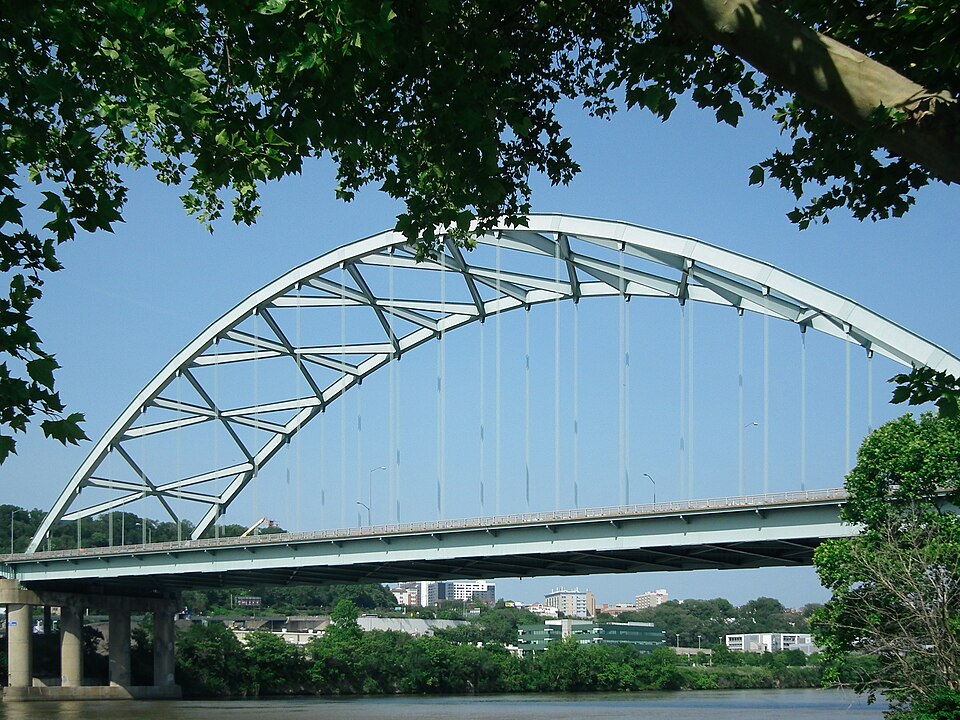
Opened in 1977, this bridge was meant to be part of a titanic expressway system that would have demolished city neighborhoods for the convenience of suburban commuters, which explains why it seems to be so much more bridge than the location requires. It replaced the two-lane Brady Street Bridge.
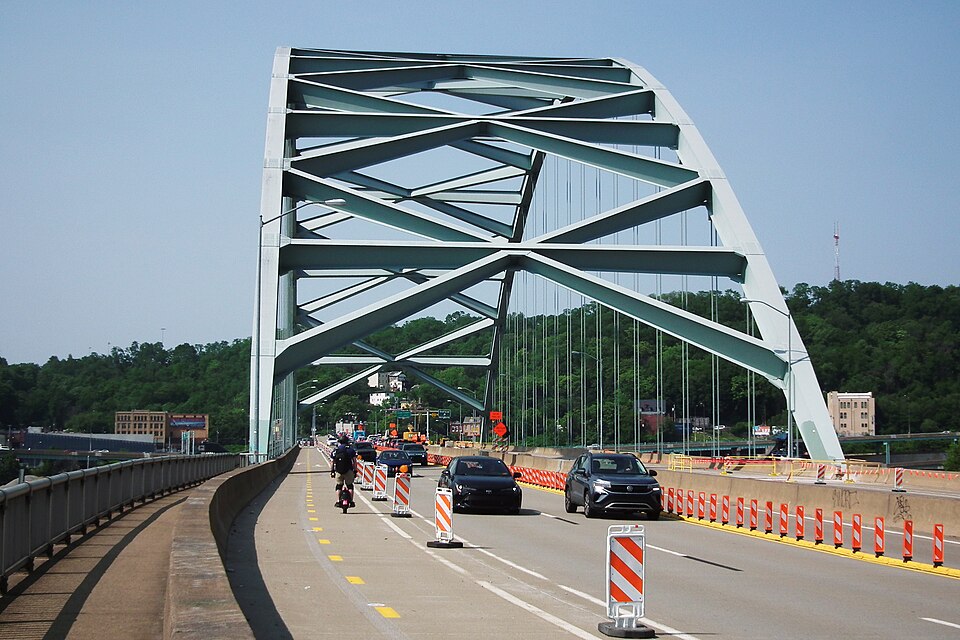
Right now the bridge is getting one of its periodic refurbishings.
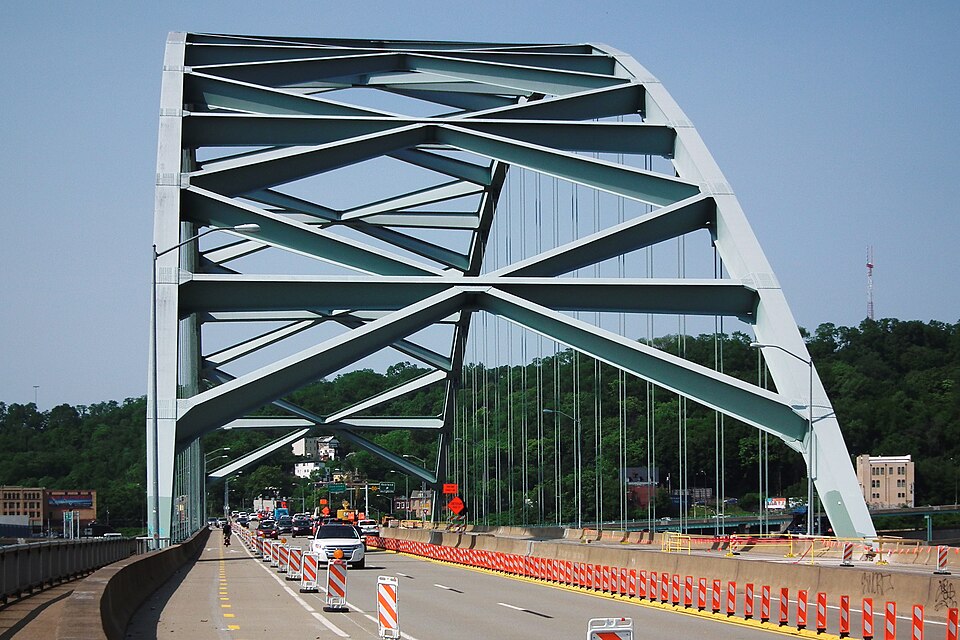
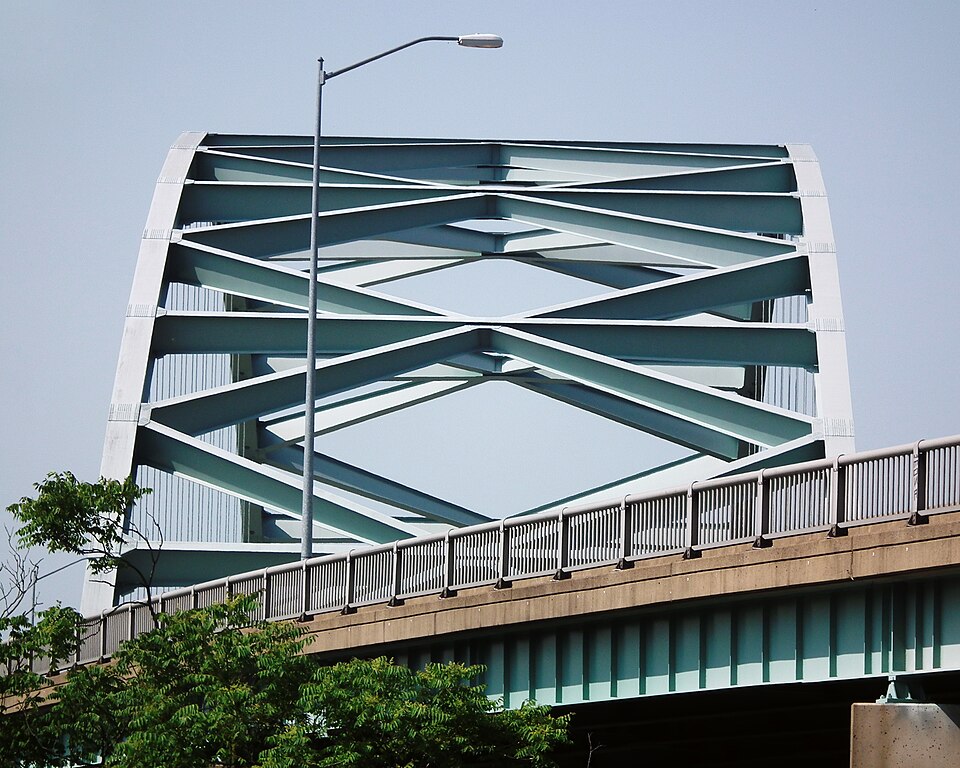
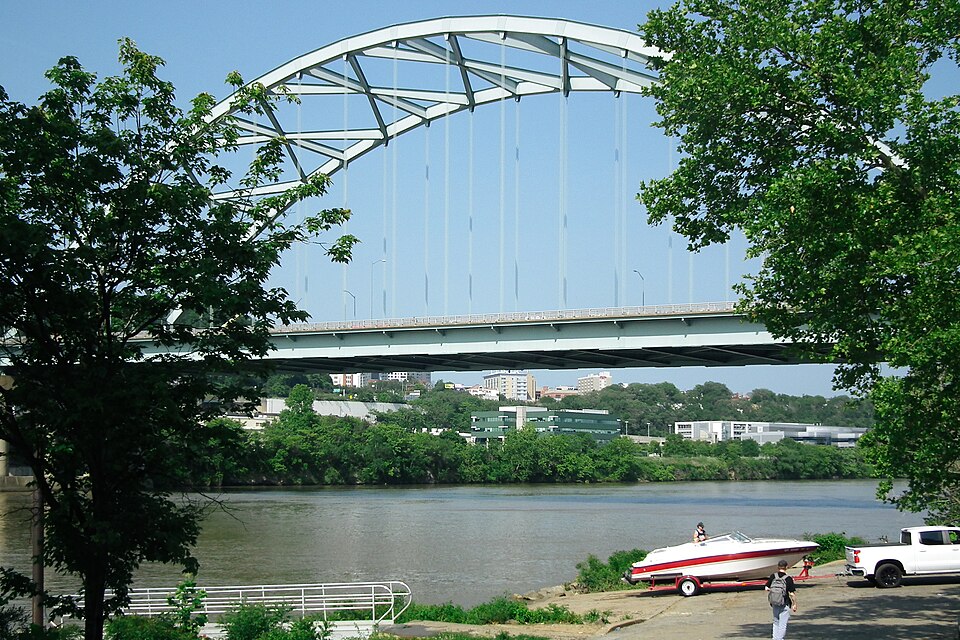
So far all our pictures of the Birmingham Bridge have been from the southern end. Our last picture is from the north, taken from Fifth Avenue in Soho.
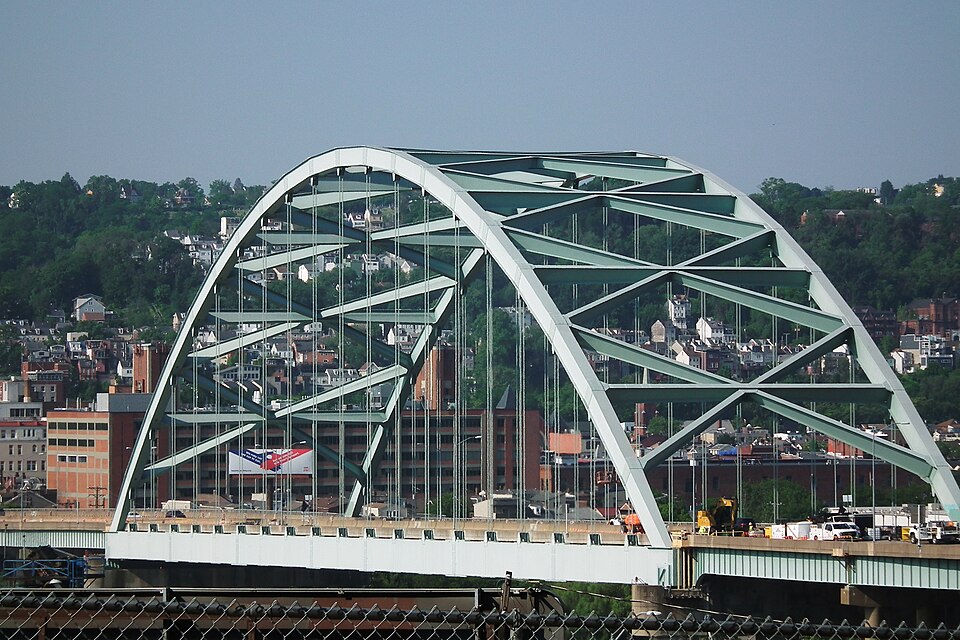

A view across the Bellefield Bridge toward the Carnegie Library in Oakland. The bridge is still there, but you can’t see it. The hollow was filled in with the bridge still in place, and the Mary Schenley Memorial Fountain sits on top of the buried bridge now.
This view shows the library building before the enormous expansion in 1907. The two towers were victims of the expansion—but also perhaps victims of some negative criticism. The building in general—designed by Longfellow, Alden & Harlow—was highly praised, but some critics thought the towers a bit embarrassing. When Alden & Harlow (Longfellow had decided to stay in Boston) designed the new addition, the towers came down.

The picture above required a lot of manipulation: it was built from three separate photographs at different exposures in order to capture the detail in both the light and misty distance and the dark railroad ties in the foreground. The result may look a little artificial, but it makes a good illustration of the bridge. The pictures below, with no relevant details in the foreground, are less manipulated.



The Rachel Carson or Ninth Street Bridge, Pittsburgh, seen from six floors up on Liberty Avenue.